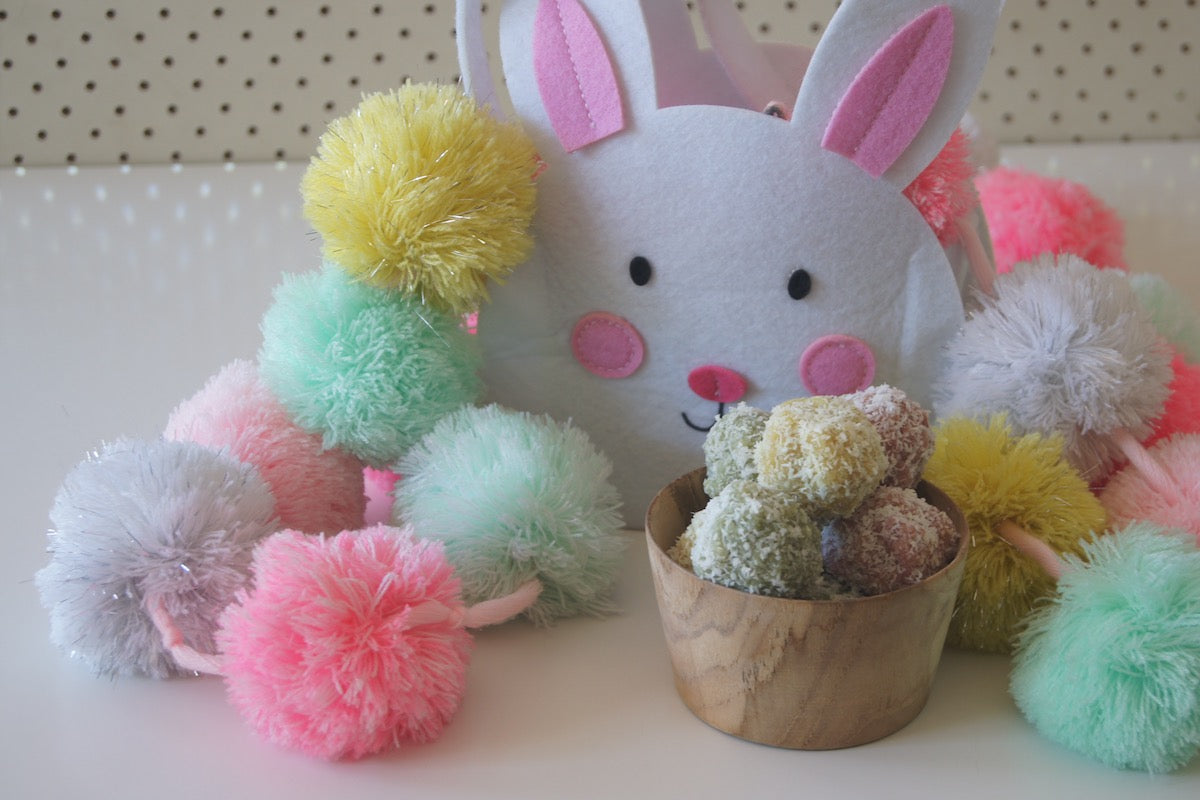Autumn is a great time to be in the garden. The nights are cooling off but the days are mild and warm. Summer crops are coming to an end, so it's time to pull out the spent plants and prepare the beds for cool weather crops.
With every change of season, it's important to add more compost to our garden beds.
Homemade compost is the best, but is not always possible, so if you're buying compost, look for a rich dark mix that's not loaded with bark fillers. Cheap is not always best and not all bought compost is equal. The best way to test for a good compost is to squeeze a handful of it - a good compost will remain in a ball in your hand and not crumble easily, and it'll have a pleasant earthy smell.
Along with compost, we add animal manure (sheep pellets are great) and some multi-mineral fertiliser to make the plants heathy. Volcanic rock dust and seaweed are both good organic sources of vitamins and minerals and will ensure your vegetables are nutrient-dense.
Volcanic rock dust being applied
What's growing in the garden?
Trends in the garden come and go. At the moment, celery, cauliflower and collards are hot.
Celery
Growing celery takes a bit more work and even though the end result may not look as perfect as the ones in the supermarket, it is worth growing yourself, as most of the celery in our stores is heavily sprayed and grown with the use of petrochemical fertilisers.
After preparing the bed, dig a trench and add well-rotted animal manure. We use chicken manure as it has a high nitrogen content and is the bonus of keeping chooks. Cover the trench over with soil and plant the celery plants into this. As they grow, the roots make their way down to the chicken manure and that helps the plant grow strongly. During the growing season we give the plants a fortnightly boost of fish and seaweed solution at double strength. Not only does this help control pests, due to the oil content of the fish, but it also helps with rust problems, which can affect celery grown in humid areas. Lastly, remember celery loves lots of moisture so when the soil is dry, water water water. Of course, during the cooler months, the rain will do this for us.
Watch - How to grow celery
Cauliflower
Cauliflowers are also heavy feeders and like to be grown with the addition of lots of organic matter. As they grow, hill up the soil around them and keep an eye on the flower forming. As soon as it forms, snap the outside leaves forward so they cover the flower. This keeps it out of the sun and rain and keeps it a bright white rather than a dull creamy yellow colour.
Caterpillars from the white butterfly can be a problem, so we add neem granules at planting time and give the plants a spray of BTK - an organic spray containing the naturally occurring bacterium Bacillus Thuringiensis - sold under the name Organic Caterpillar Bio Control at garden centres. This spray only kills caterpillars that eat your caulis, and is harmless to other insects, birds, animals and humans.
Try growing other colours as well as the traditional white cauliflowers. The green and purple types are heirloom varieties and seem to be easier to grow in our gardens.
Collards
And finally, collards or Dalmatian cabbages. This member of the kale family is one of the easiest to grow, and one of the healthiest of all vegetables . Looking like a cabbage without a heart, you pick the leaves off as it grows. It belongs to the same family as cauliflowers, so the same planting conditions apply. Use it like kale - the young tender leaves make a great coleslaw.
During autumn, it's also good to sow and plant leeks, peas, broccoli, beetroot, carrots, silverbeet and spinach.
Watch - How to plant onions and leeks
-----
Organic Edible Garden's vision is to make organic edible gardening achievable for everyone. Visit their website for Getting Started videos, and regular blog posts to find out what to do in your edible garden.
Read more

We caught up with the wonderful Kaytee Boyd this month to talk about allergies, and ask her what we can do to reduce our exposure to everyday products and substances that may cause reactions. As al...

While not wanting to be an Easter Grinch, it is nice to have some treats that aren't loaded with sugar or highly processed ingredients at this time of year. These delicious bliss balls not only tas...






